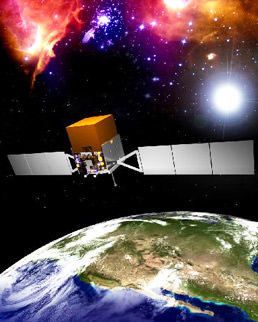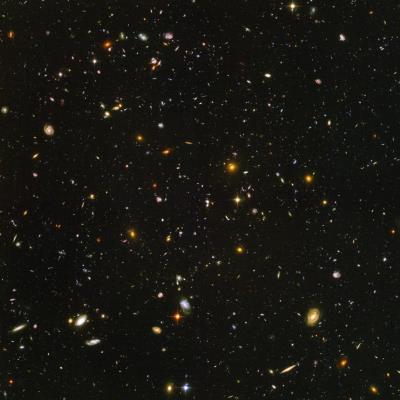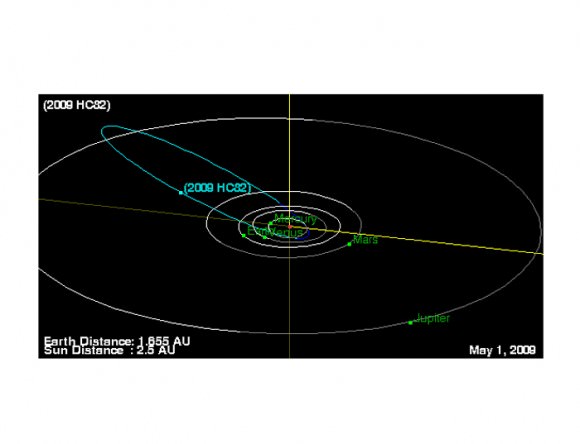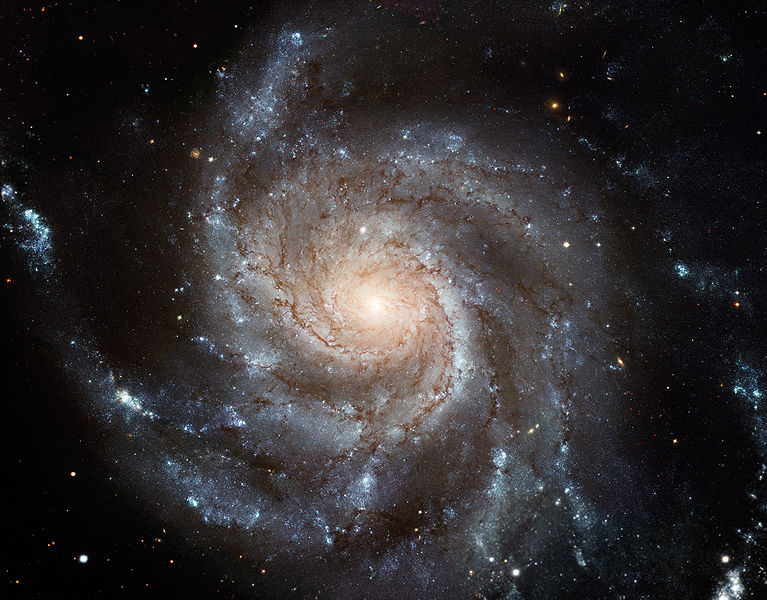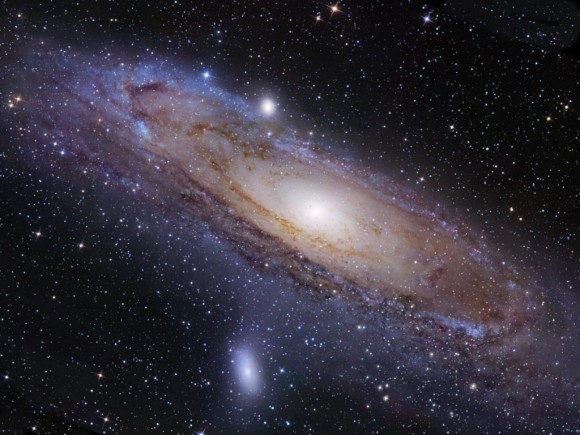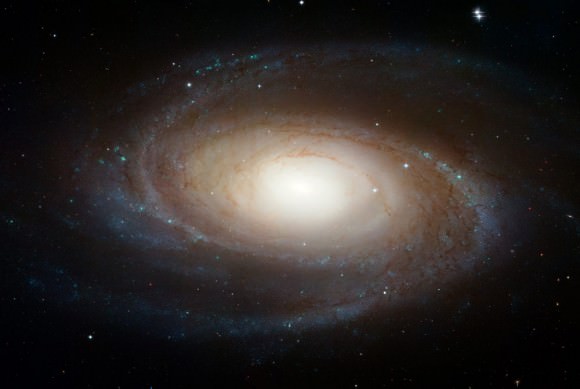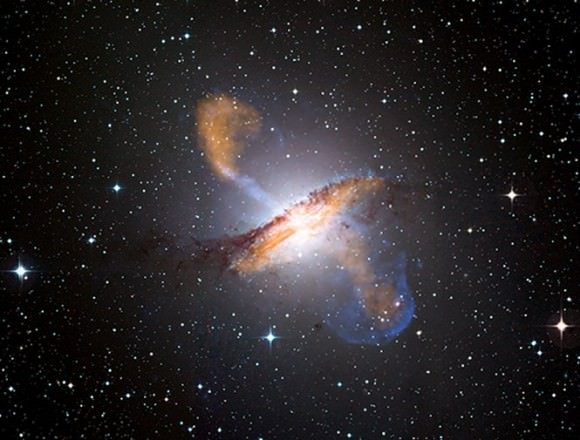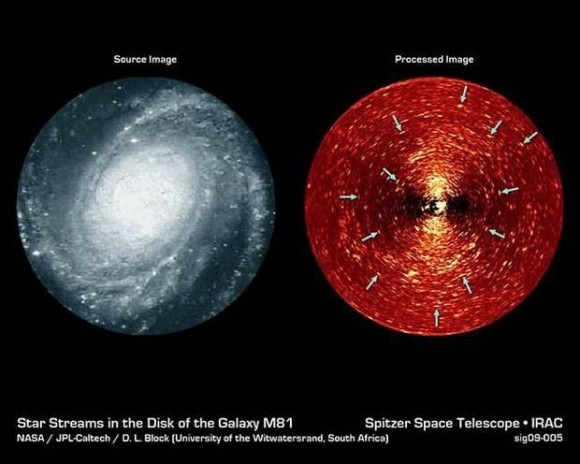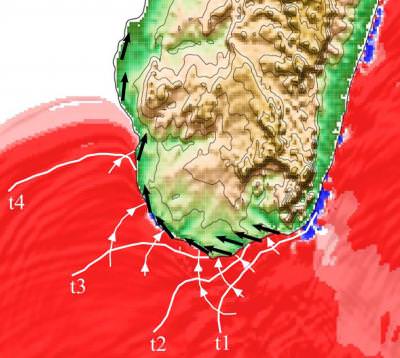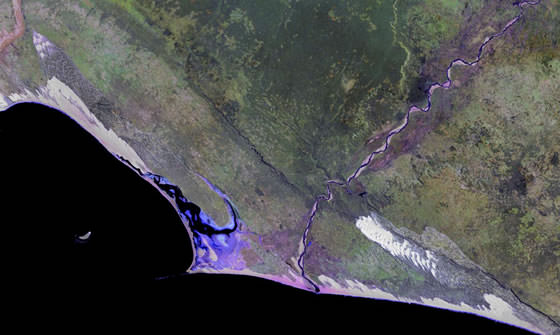The Milky Way is just one galaxy located in a vast cluster of galaxies known as the Local Group. This group contains more than 50 galaxies (mostly dwarf galaxies). The total size of the Local Group is 10 million light-years across, and it’s estimated to have a mass of 1.29 billion solar masses. The Local Group is just one collection of galaxies in the even bigger Virgo Supercluster.
The largest, most massive galaxies in the Local Group are the Milky Way, Andromeda and the Triangulum Galaxy.
Each of these galaxies has a collection of satellite galaxies surrounding them. For example, the Milky Way has Sagittarius Dwarf Galaxy, Large Magellanic Cloud, Small Magellanic Cloud, Canis Major Dwarf, Ursa Minor Dwarf, Draco Dwarf, Carina Dwarf, Sextans Dwarf, Sculptor Dwarf, Fornax Dwarf, Leo I, Leo II, and Ursa Major Dwarf.
Andromeda has satellite galaxies M32, M110, NGC 147, NGC 185, And I, And II, And III, And IV, And V, Pegasus dSph, Cassiopeia Dwarf, And VIII, And IX, and And X.
The Traingulum galaxy might be a satellite to Andromeda, and it might also have the Pisces Dwarf as a satellite.
The other members of the Local Group, not associated with another galaxy, include: IC10, IC1613, Phoenix Dwarf, Leo A, Tucana Dwarf, Cetus Dwarf, Pegasus Dwarf Irregular, Wolf-Lundmark-Melotte, Aquarius Dwarf, and Sagittarius Dwarf Irregular.
The first astronomer to identify the Local Group was Edwin Hubble, who called the collection the Local Group in his book, The Realm of Nebulae. Of course, at this time Hubble didn’t know that they were distant galaxies, separate from our own Milky Way, so he called them nebulae.
We have written many articles about galaxies for Universe Today. Here’s an article about a dwarf galaxy falling into the local group, and here’s an article about how the Universe doesn’t seem to be expanding evenly.
If you’d like more info on galaxies, check out Hubblesite’s News Releases on Galaxies, and here’s NASA’s Science Page on Galaxies.
We have also recorded an episode of Astronomy Cast about galaxies – Episode 97: Galaxies.


